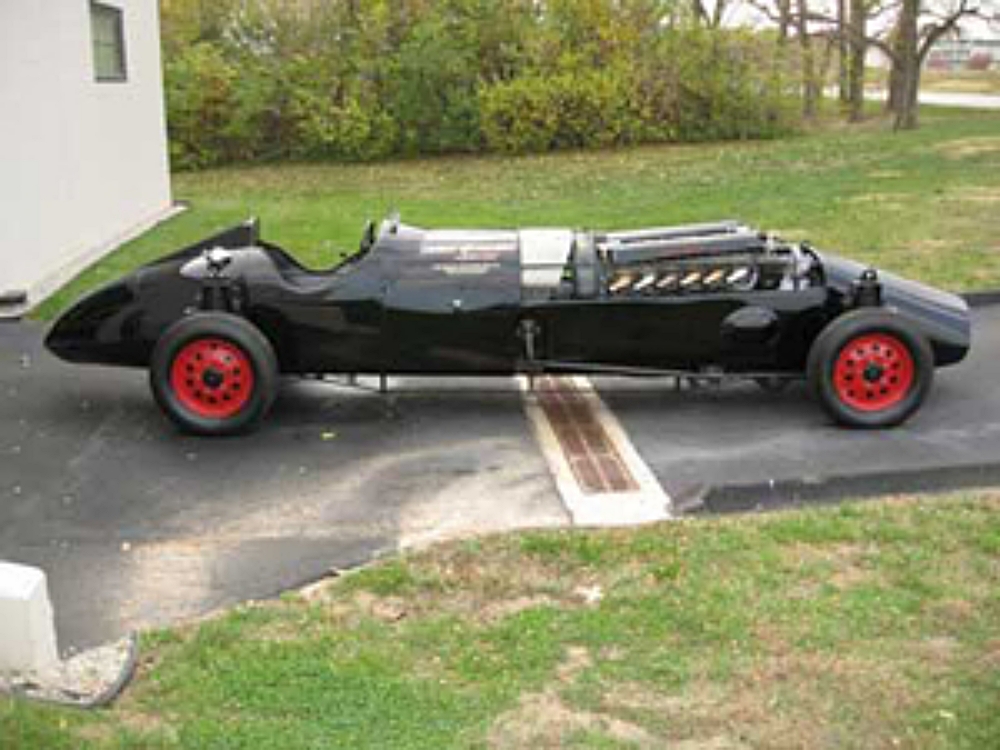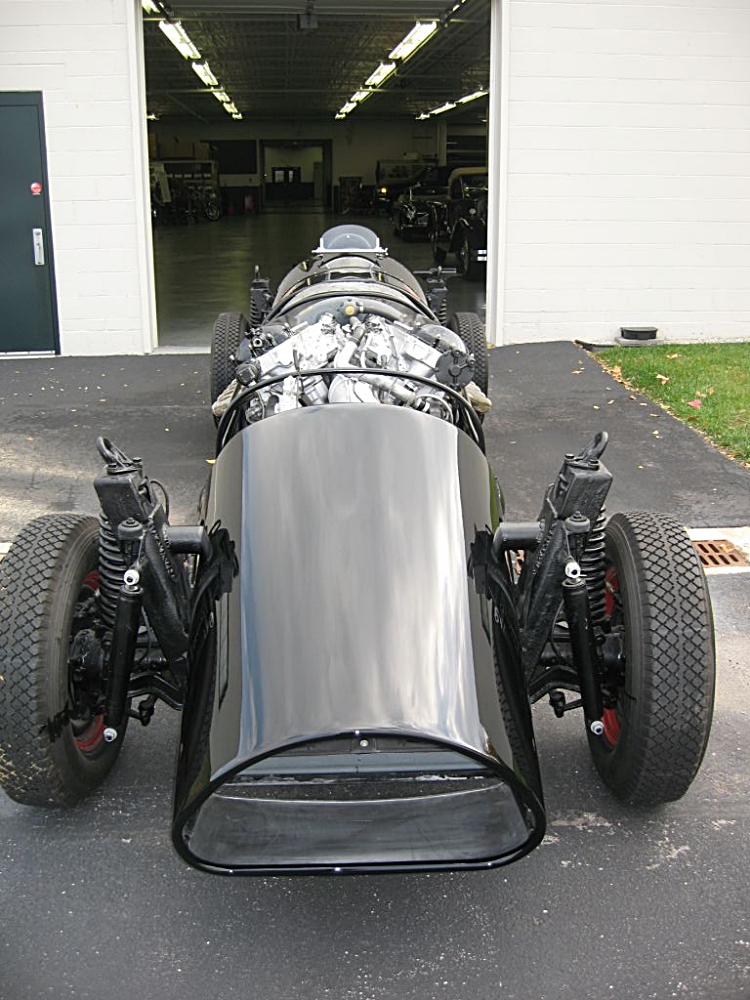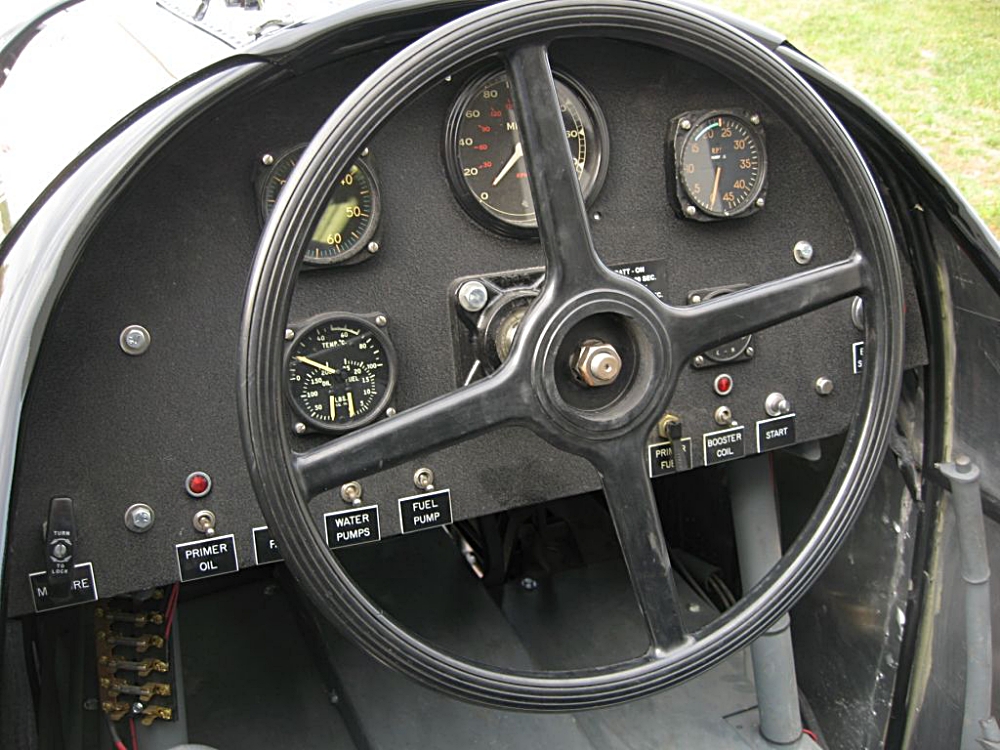‘Spitfire’ on four wheels
THIS is the story of the astonishing Swandean Spitfire Special car, brainchild of Spitfire aircraft enthusiast and Worthing garage proprietor, Michael Wilcock. He built the car in 1952 around a 21-litre 12-cylinder Rolls-Royce Merlin engine rescued from a Supermarine Spitfire World War Two fighter. Also change the last part of the first photo caption to :”It left its Worthing home for St Louis in 1957.”

The power unit was so large and heavy the single-seat car had to be built on chassis from two Daimler Dingo scout cars, welded end to end. It had full-time four-wheel-drive – four speeds forward or four speeds in reverse.
Wilcock named the car the Spitfire Special and entered the less than gentle giant in the Brighton Speed Trials of 1953.
On its first run, the brakes failed, causing it to crash through a wooden barrier on its way to Black Rock.
Subsequent trips to the unique Brighton event in 1954 and ’56 were more successful, but with retirement looming, Michael Wilcock sold his pride and joy and moved to Jersey.
All we knew after that was a rumour that the Spitfire Special had been sold to America.

Recently, I have learned what happened to the car in the 50 years since it left Worthing and can happily report that the remarkable vehicle is today in better mechanical and bodily condition than ever.
In 1957, American sportsman and aviator S.J. “Casey” Lambert, of St Louis, bought the car.
The following year, he painted it black and renamed it the Lambert Engineering Special.
It became a permanent fixture at his summer home in Minocqua, Wisconsin, where home movies exist showing Casey driving the car on the road, followed by a lorry loaded with aviation fuel and coolant.
Hardly surprising, as the 12-cylinder Rolls-Royce engine consumes three gallons of fuel every mile!
In the late ’60s, the car was “retired” for the second time and donated to the Sunflower Museum and Boatworks on Lake Tomahawk, Wisconsin. Unfortunately, in the early ’70s, snow brought down the roof of the museum and badly damaged the car’s body.
Ownership then passed to the Schuette Brothers of Wasaur, who kept it until 1984, then sold it to the Traeger family in Chicago.

After 20 years of relative stagnation, it was acquired by Hunter Classics and in the past few months has undergone a complete expert restoration to its Lambert Engineering Special configuration.
Meanwhile, Michael Wilcock, from his retirement home in Jersey, has supplied a few more fascinating details about his giant “baby”.
The car employed a steering box from a Daimler Double Six limousine that previously belonged to King George VI. It had a Leyland truck clutch and, when first built, a pre-selector gearbox from a Stoke-on-Trent bus. Later, a Crossley prime mover gearbox was used.
“Below 100mph, wheel spin was possible on all four wheels and on courses like Brighton’s Marina Drive, with a cambered road surfaced, that was dangerous.
“Top speed in first gear was around 45mph, 80mph was ed in second and in third gear we reached 150mph plus. I have no idea how fast it would go in fourth!”